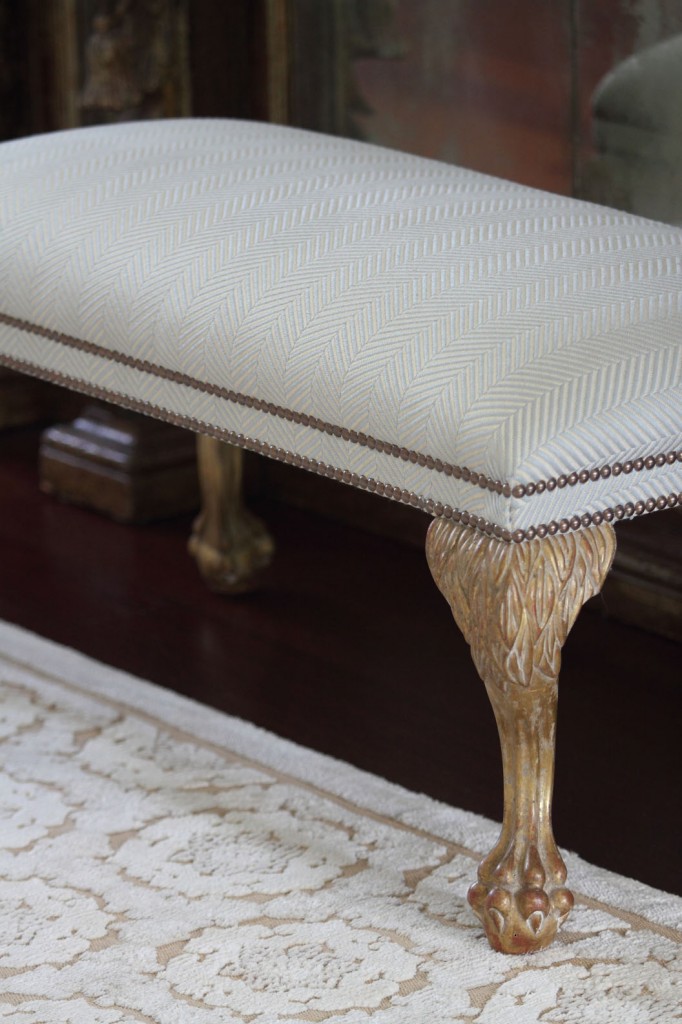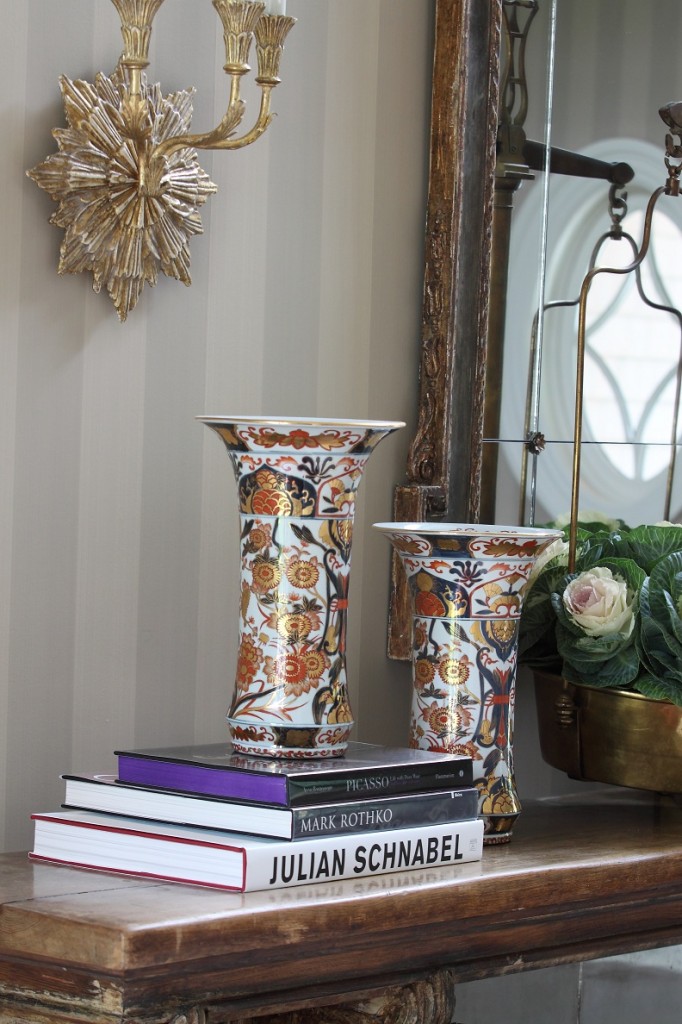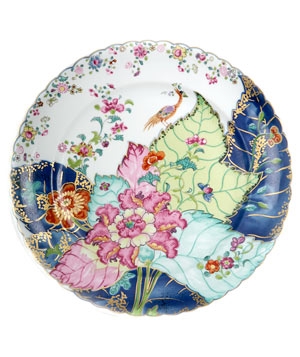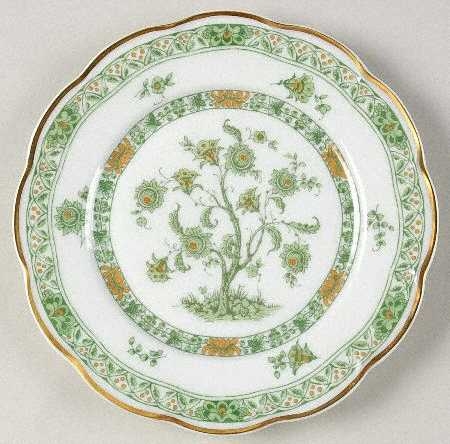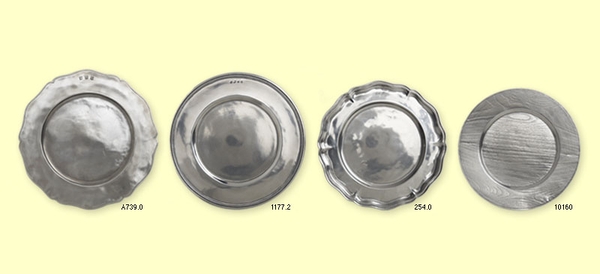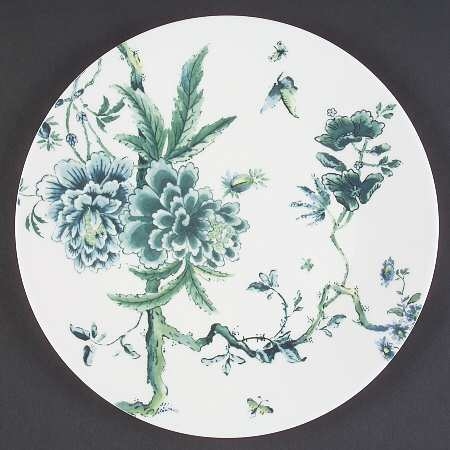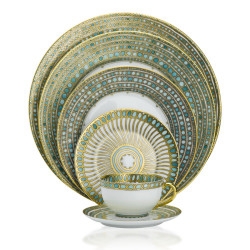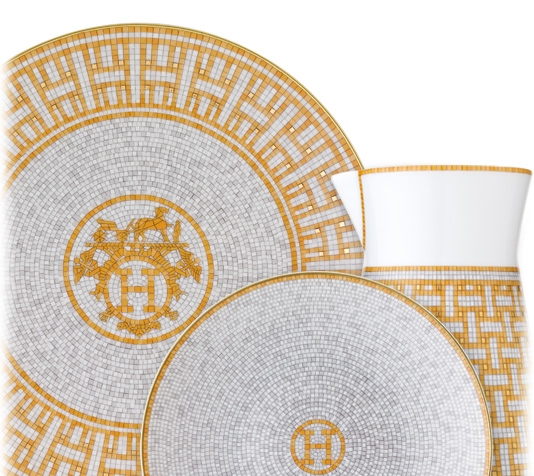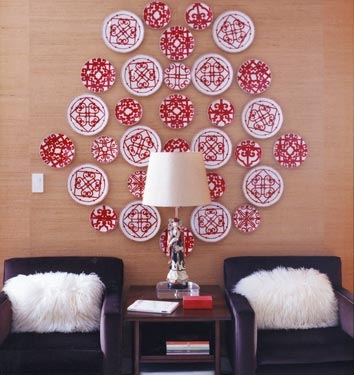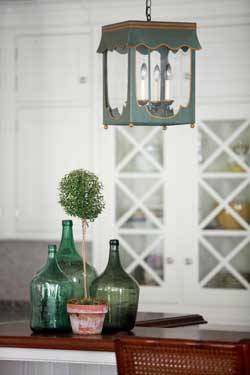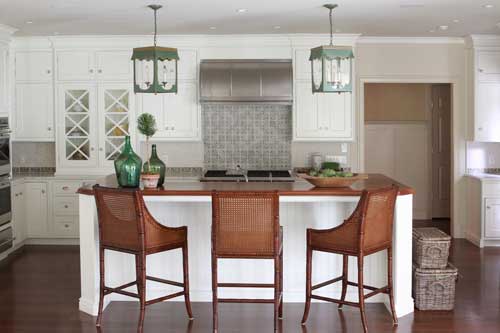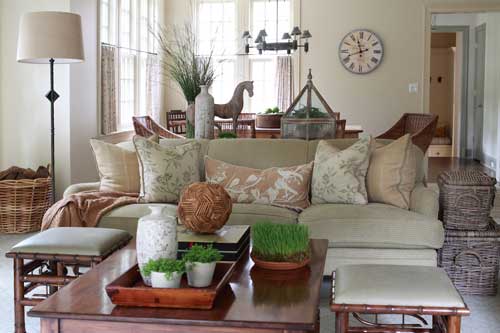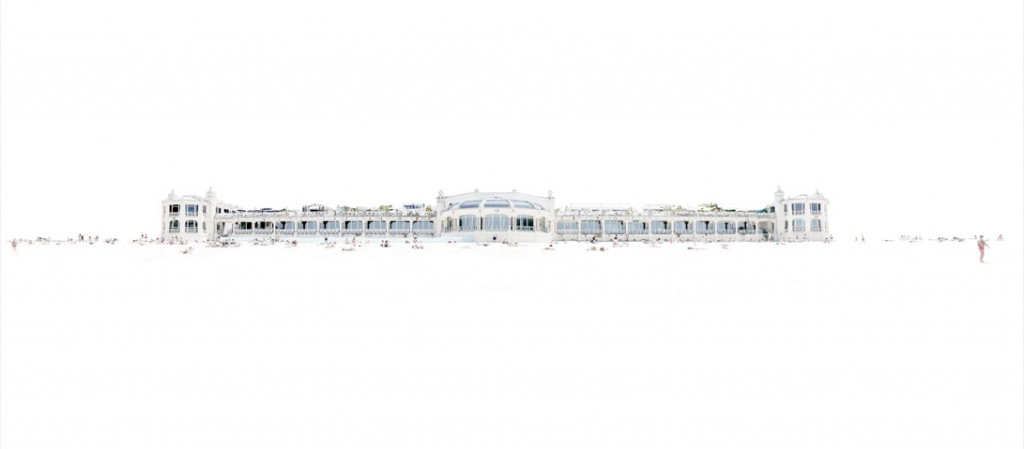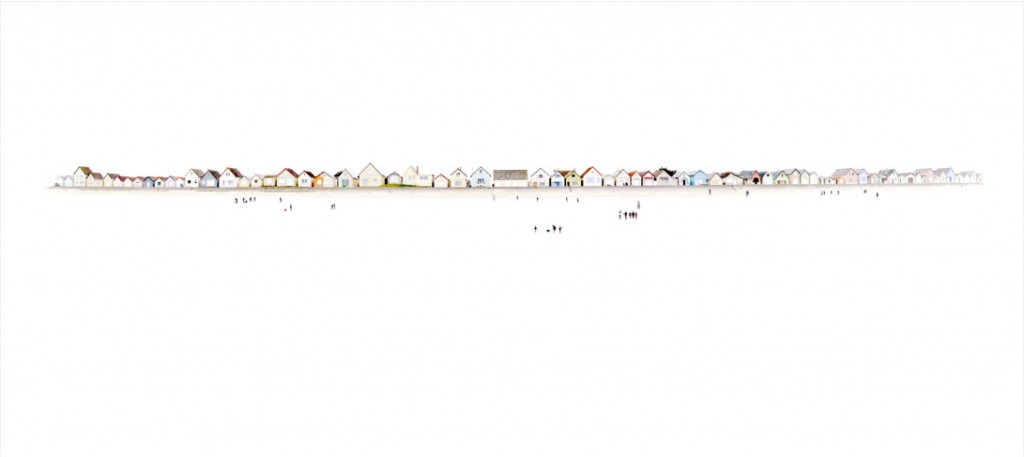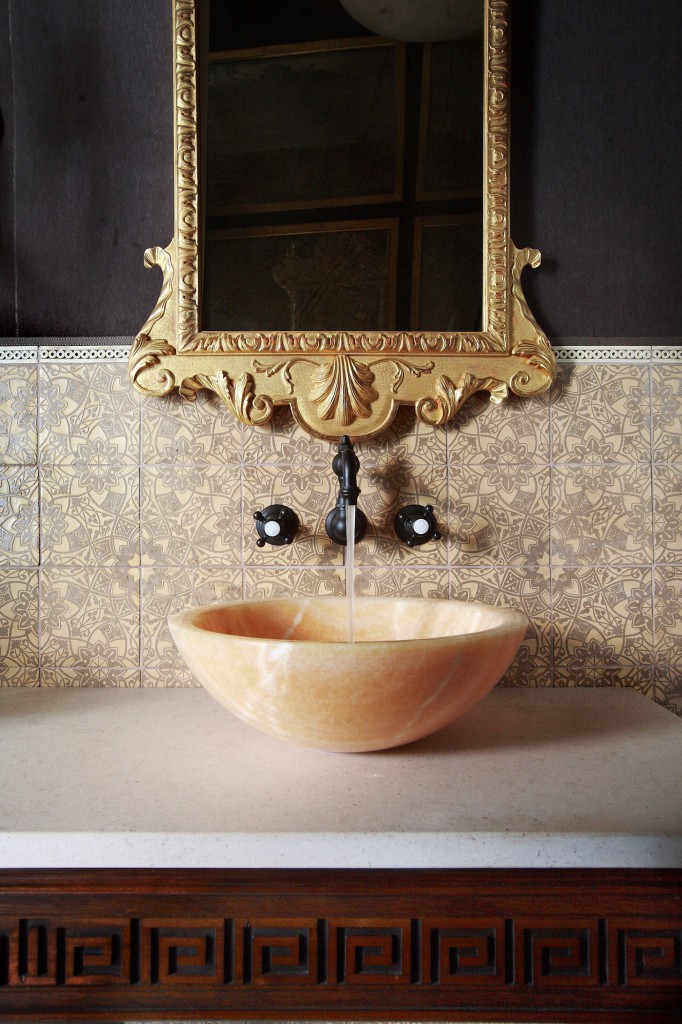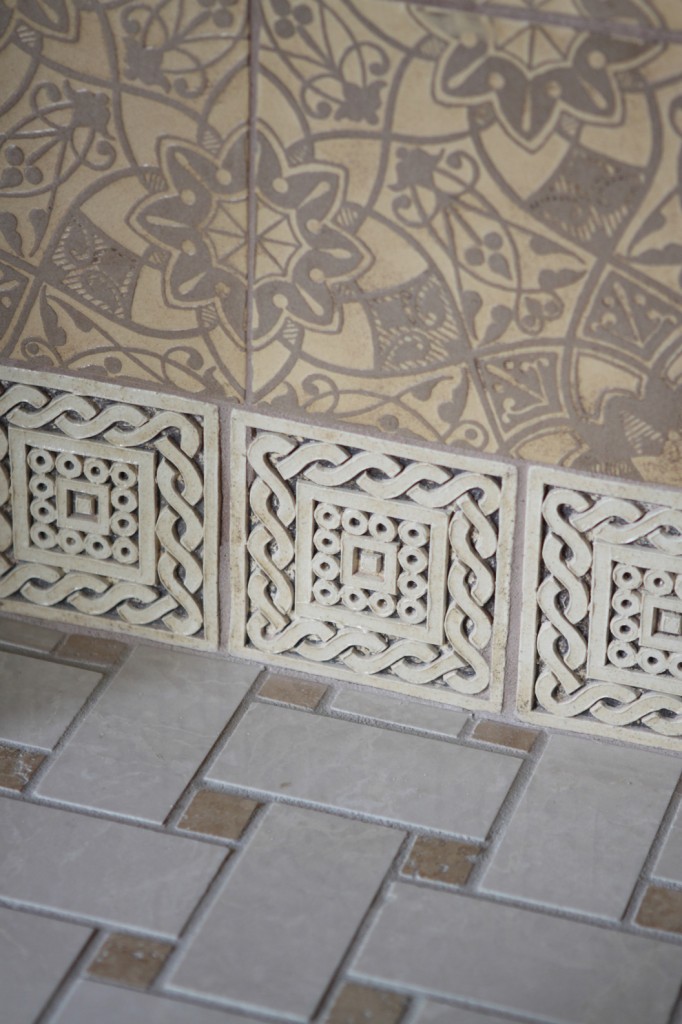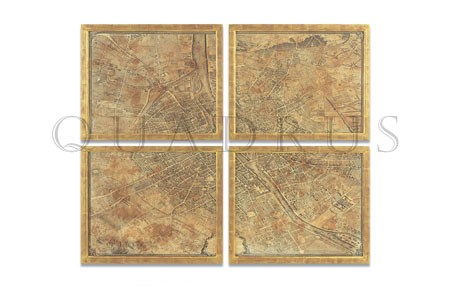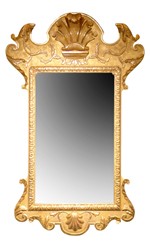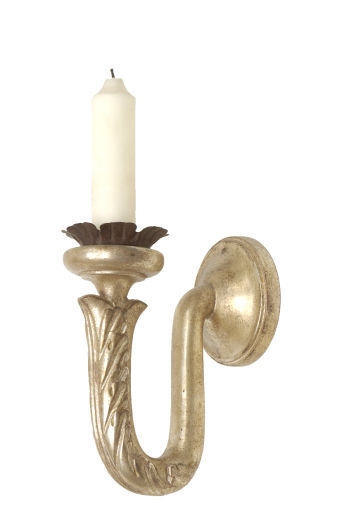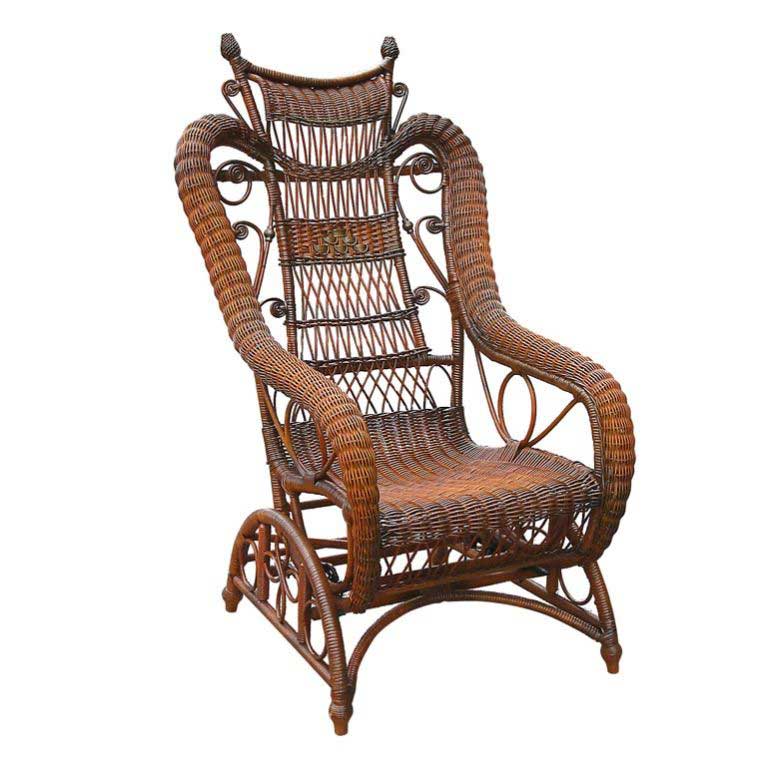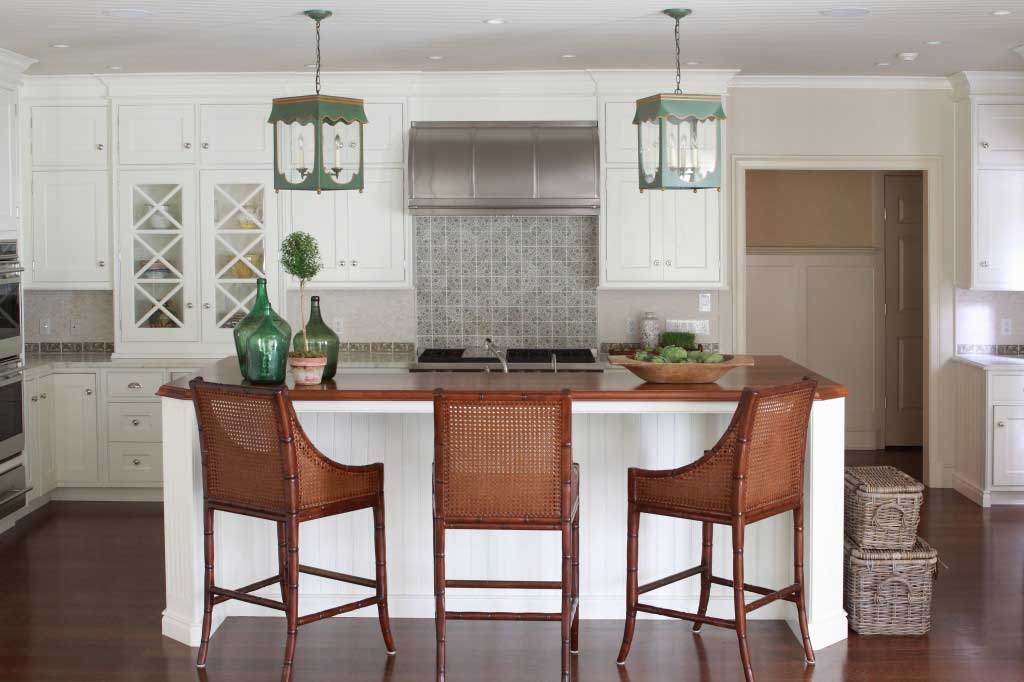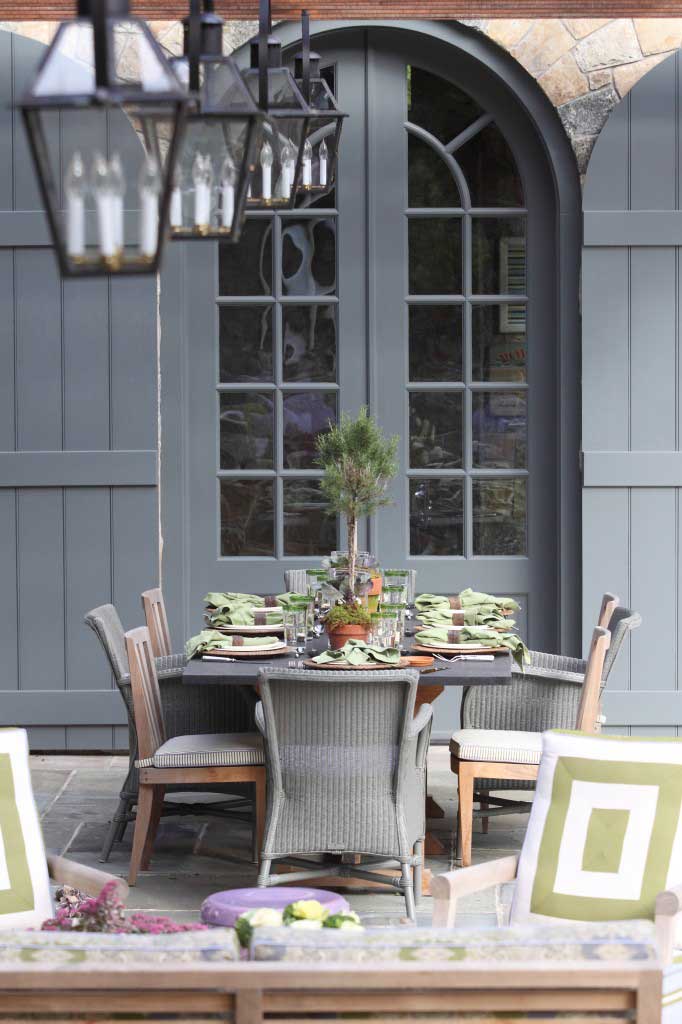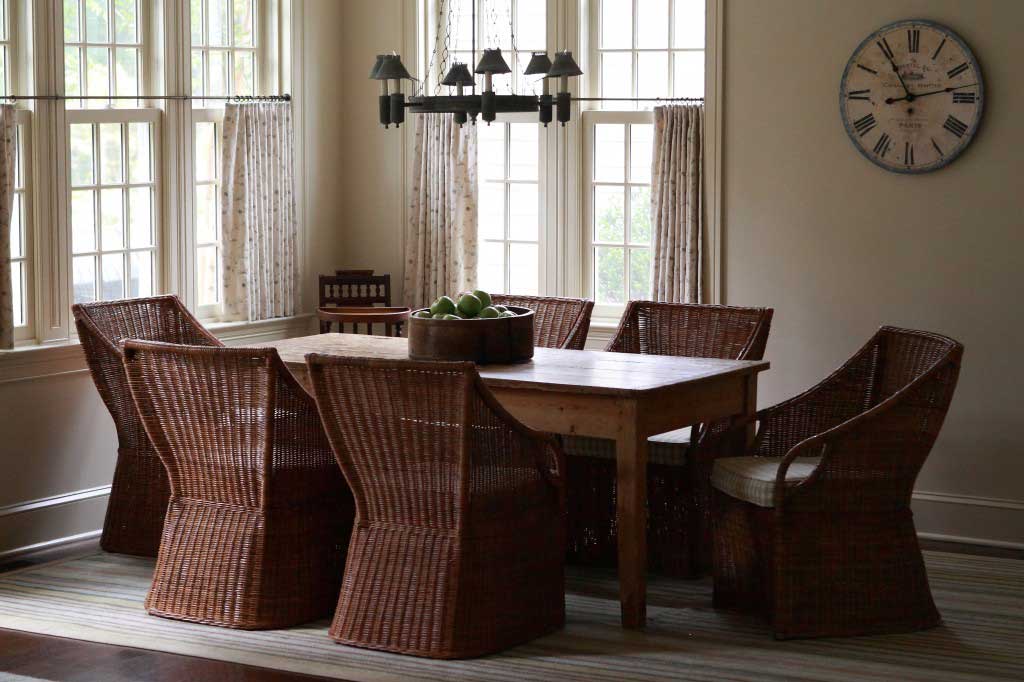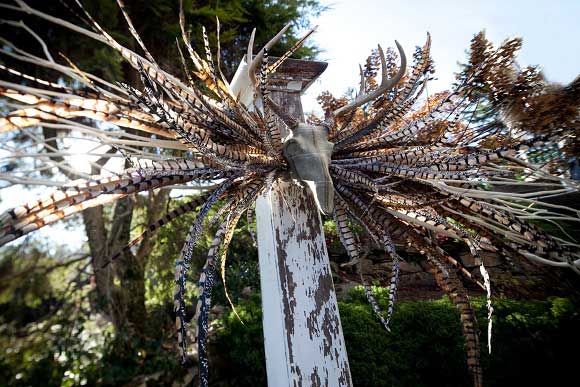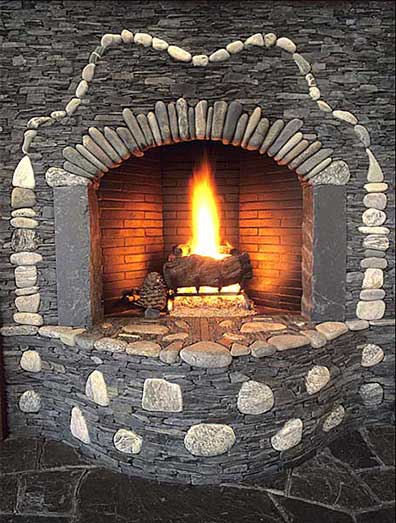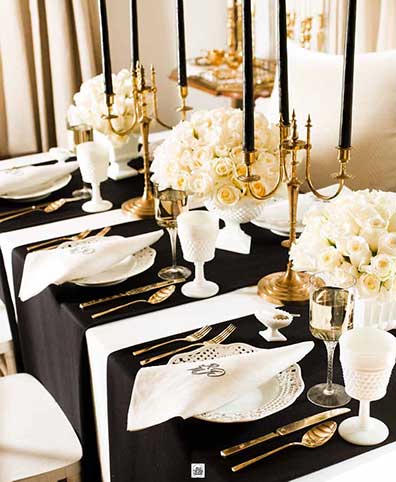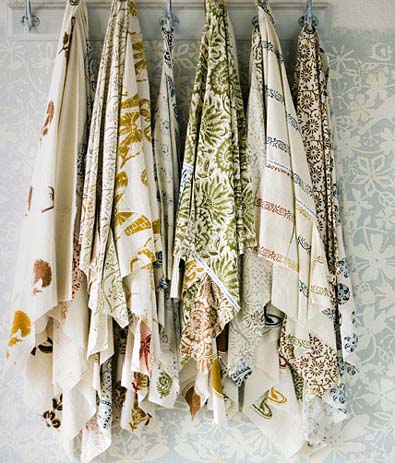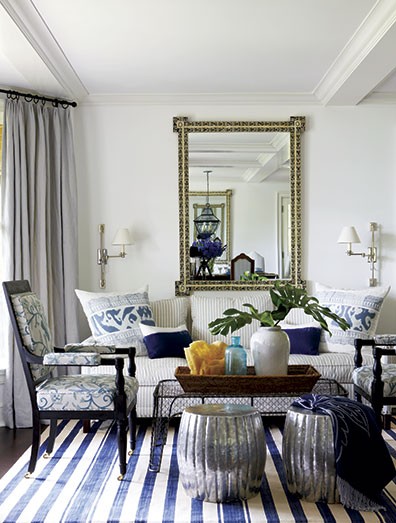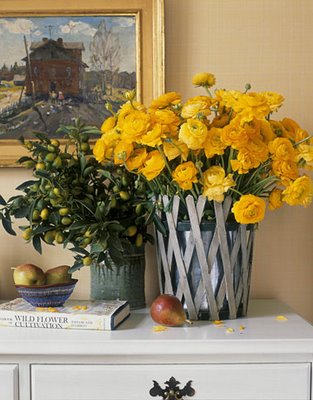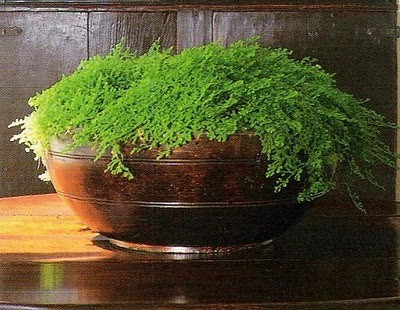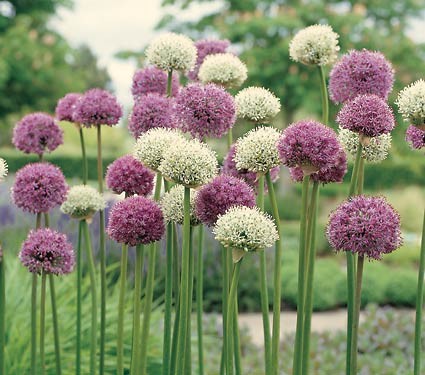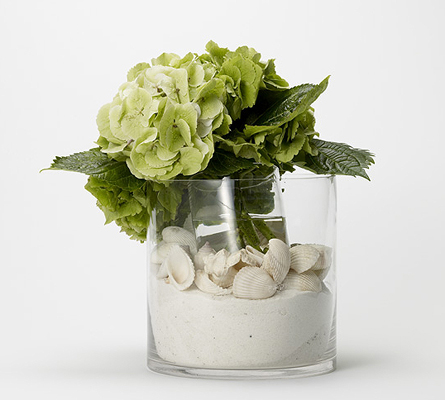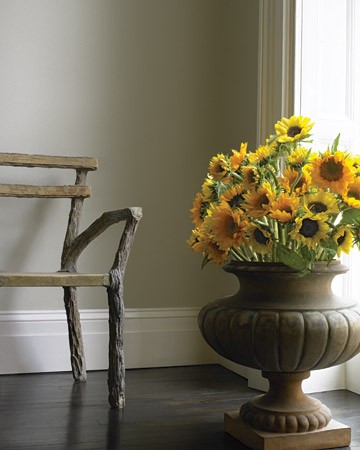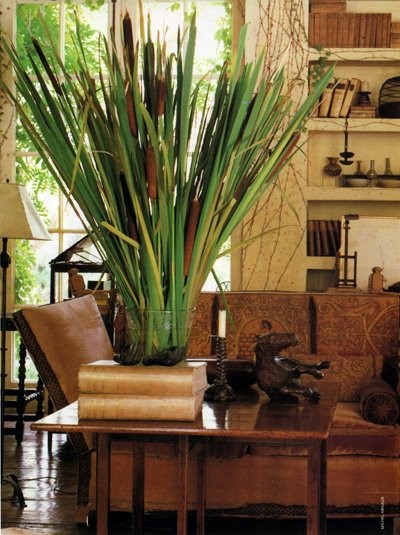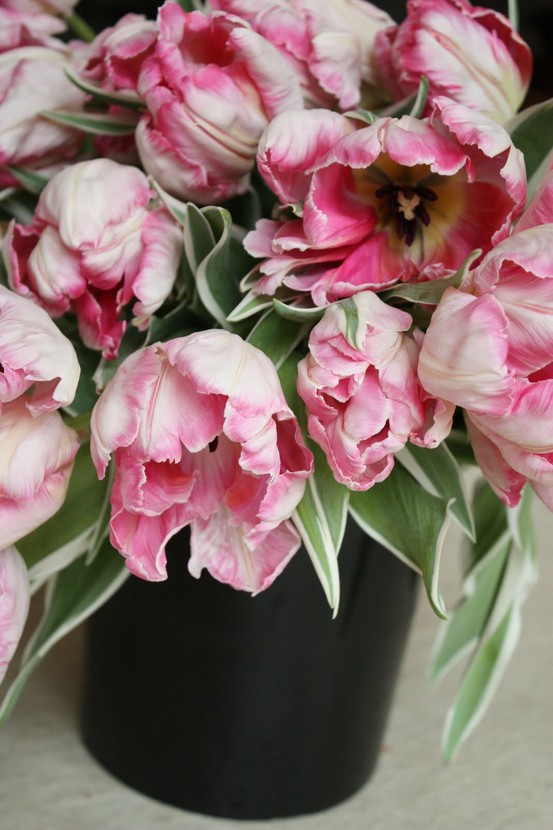The entry is always the central core of a residence. It sets the mood for the first impression when a guest enters your home. This entry is vast in height with a grand stairway open to the upper floor.
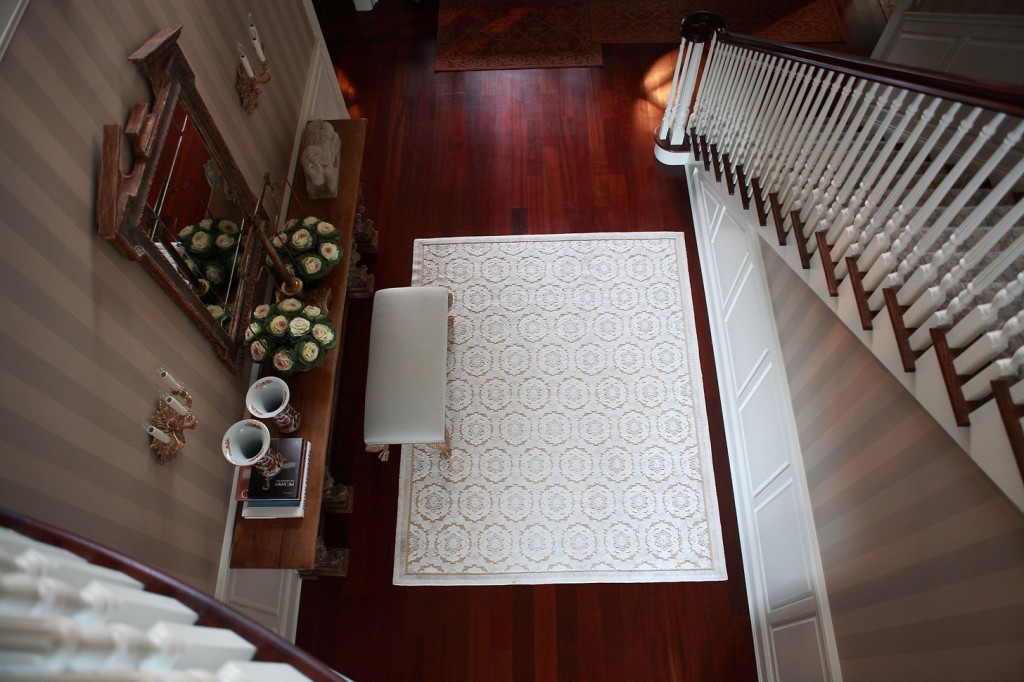 Finding the perfect entry table here turned into a real scavenger hunt. Initially, I began sourcing antiques because I needed such a long table for this area. Bored with the typical consoles and frustrated that the most spectacular pieces had been used by other designers, I thought, “Why not start the search from scratch?” What I found was a table that originally formed part of an 1800’s bar that originated in the south of France.
Finding the perfect entry table here turned into a real scavenger hunt. Initially, I began sourcing antiques because I needed such a long table for this area. Bored with the typical consoles and frustrated that the most spectacular pieces had been used by other designers, I thought, “Why not start the search from scratch?” What I found was a table that originally formed part of an 1800’s bar that originated in the south of France.
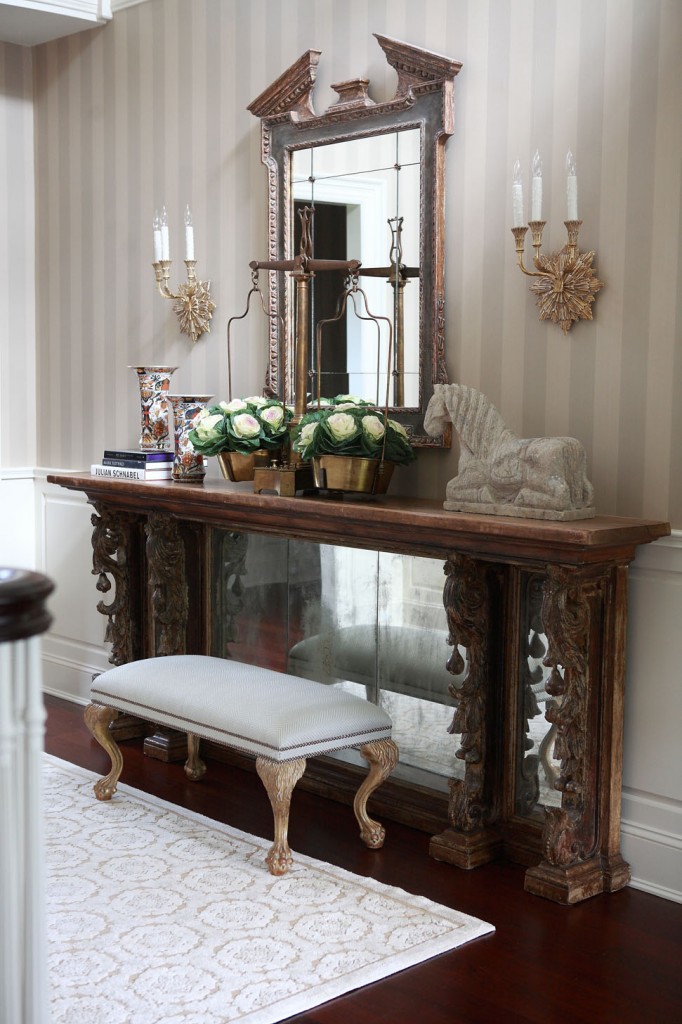 I remember the day I presented the piece via email to the client and they said “Yes!” I must have danced around the office like a silly child, so thrilled to have something authentic and aged in a newly refurbished space.
I remember the day I presented the piece via email to the client and they said “Yes!” I must have danced around the office like a silly child, so thrilled to have something authentic and aged in a newly refurbished space.
Another component I really like in this entry is the brass scale on top of the console table. I have these moments where I speak up and conjure some crazy idea but have no idea where I’m going to locate what I’m presenting. Somehow I always manage to figure it out, and the scales are a perfect example of that. I wanted something of substance and not your typical accessory. What I love about the scale is the way it functions as a vase for filling with flowers or other arrangements.
 The console itself is a beautiful piece of art, but the accessories that adorn the top are so unique and strategically balanced. The stone horse weighs a ton! It was almost impossible to get it up there.
The console itself is a beautiful piece of art, but the accessories that adorn the top are so unique and strategically balanced. The stone horse weighs a ton! It was almost impossible to get it up there.
Being able to add so many custom elements to this entry also made it a memorable project. The gorgeous Buton area rug by JD Staron Galleries, light fixture in brass and dark bronze patina by Charles Edwards, and mirror and bench from Dennis & Leen, all complement each other and the grandness of the entry to form an overall atmosphere of impressive sophistication. Finally, strie wall paper by Farrow & Ball cover the walls to provide subtle background texture and complexity.

